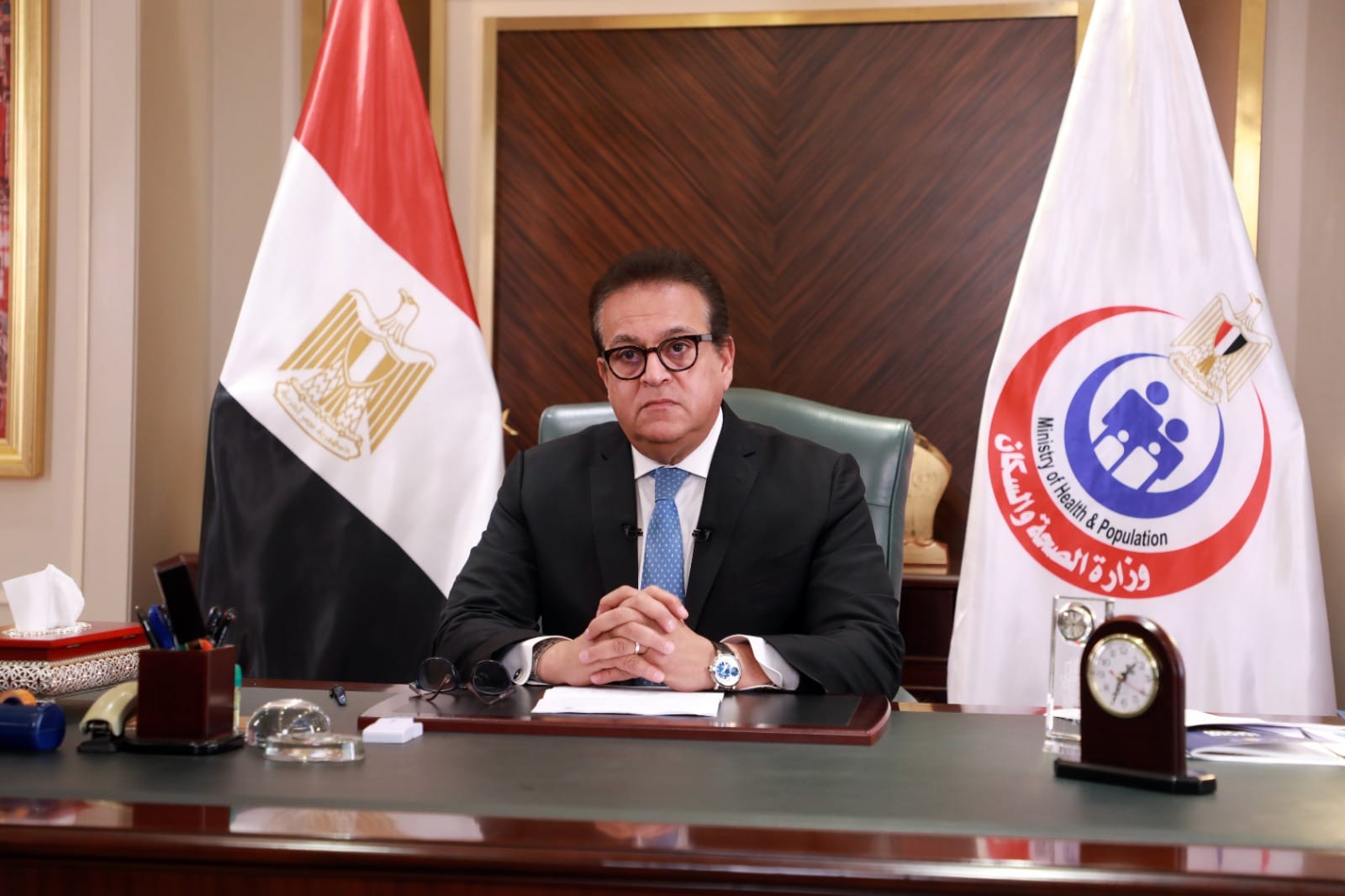Egypt has significant potential to become a major player in medical tourism, according to Mohamed Gad, the Minister of Health and Population advisor.
The global medical tourism market was valued at USD 47 billion (EGP 2.3 trillion) in 2024 and is projected to exceed USD 111 billion (EGP 5.4 trillion) by 2029, the Global Medical Tourism Market Size 2024-2029 reported. Egypt could potentially capture 12 percent of the global medical tourism market, according to a 2013 study.
According to the Minister of Health and Population, Khaled Abdel-Ghaffar, Egypt ranked fourth regionally and 26th globally in the Medical Tourism Index 2020-2021, which evaluates countries based on their overall environment, healthcare costs, tourism appeal, and the quality of medical facilities and services.
Medical tourism, also known as health tourism, involves traveling abroad to receive medical care, according to Egypt’s Cabinet Information and Decision Support Center (IDSC). The sector encompasses doctors, hospitals, tourist services, and treatment costs.
Additionally, medical tourism centers on treatments such as surgery and pharmacological interventions, offering advanced healthcare through hospitals, clinics, and diagnostic centers, according to a 2018 study on Medical tourism in Egypt.
Egypt has emerged as a prominent destination for cosmetic surgery, including rhinoplasty and breast augmentation. The field of dental care is similarly advancing, with sophisticated treatments such as implants and veneers. Egypt also specializes in knee and hip replacements, among other orthopedic interventions. Additionally, the country offers the treatment of Hepatitis C, given it has eradicated Hepatitis C in a decade.
The collaboration between tourism and healthcare has turned medical tourism into a major service industry for many countries, leading to economic benefits. It is now considered one of the fastest-growing sectors in global tourism, a 2007 study about Medical Tourism in Developing Countries reported.
“Egypt has highly qualified doctors, excellent hospitals, and tourist and ancient attractions in addition to the moderate weather,” Abdel-Ghaffar said. “The only thing Egypt lacks is unified treatment costs for medical tourists.”
Challenges in Egypt’s Medical Tourism Sector
Despite Egypt’s strong position as a tourism destination, its medical tourism sector trails behind regional and global competitors, according to the 2018 study. The sector faces significant challenges due to outdated infrastructure, leading the Egyptian government to actively encourage private investment in healthcare.
Between 2009 and 2019, the number of hospitals in Egypt grew by 11 percent, from 1,599 to 1,782, largely due to a 20 percent increase in private sector hospitals. During this period, the private sector’s share of the total hospital count rose from 58.8 percent to 63.4 percent.
As of 2022, Egypt has 2,700 hospitals nationwide, equipped with 15,356 intensive care beds, 3,452 operating rooms, 5,986 nurseries, and 120,606 doctors, supported by a substantial nursing staff, according to Abdel-Ghaffar.
He added that Egypt’s health sector needs to add 4,000 beds annually until 2030, at an estimated cost of EGP 40 to 60 billion (USD 812.9 million to 1.22 billion) per year, to meet the needs of the growing population.
The growth of medical tourism will be crucial for Egypt’s economic development, emphasizing the potential of Egyptian health institutions to attract international patients, stated the Minister of Emigration and Expatriates’ Affairs and Ambassador, Soha Gendy.






Comments (0)